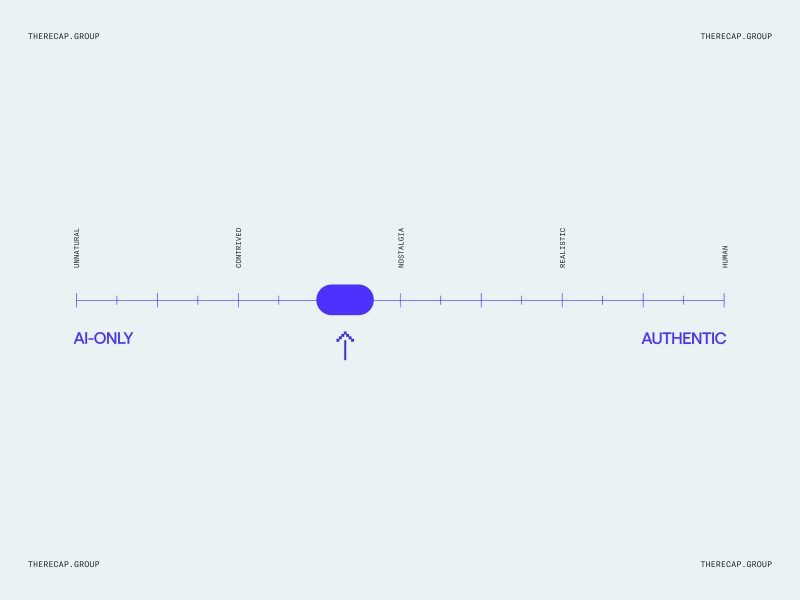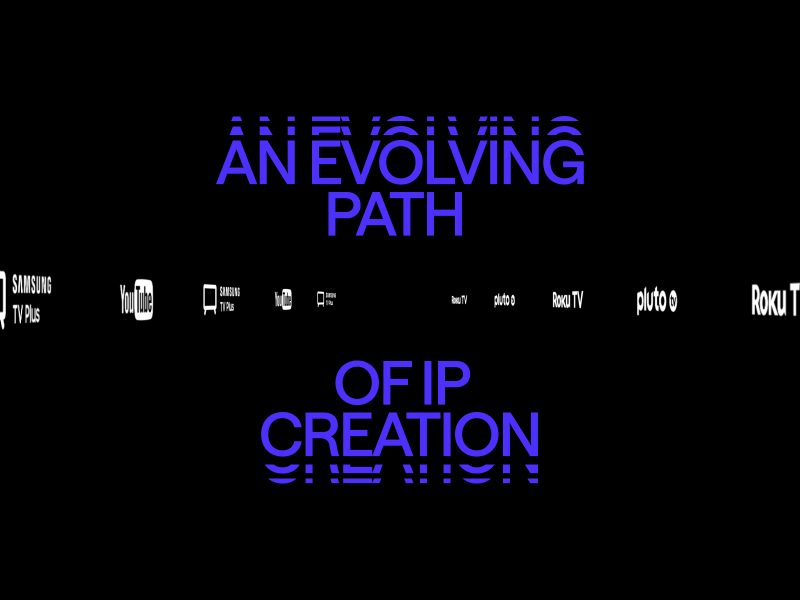Will AI Kill Hollywood? An Optimistic Take…

The release of Open AI’s Sora 2 has many in the video entertainment industry feeling increasingly concerned about job security. While AI will absolutely continue to have a major impact on the entertainment industry, we are not hopping on the doomsday bandwagon.
11.10.2025
The coming wave of synthetic media is likely to trigger a counter renaissance: audiences craving real human connection and rediscovering the shows and films that once mattered to them. For media executives and IP owners, that’s an opportunity, not a threat.
A Future of Skepticism and Discomfort
We are quickly approaching a tipping point where synthetic video becomes so convincing that audiences won’t be able to tell what’s real. We’re already glimpsing into that future; social media posts with ultra-realistic AI characters and digitally generated scenes are going viral with a comment section full of people clueless of its synthetic origin. That capability will breed a new kind of skepticism. When people can’t reliably trust the authenticity of what they watch, they’ll look for anchors – content centered around real people, real performances, and real memories.
Human connection has always trumped novelty. New technologies didn’t erase the social rituals we value: phones didn’t replace coffee with friends, food delivery didn’t replace dining rooms, and video conferences have yet to eliminate offices. People will always seek human connection, communal experiences and genuine interactions. That basic human need makes purely synthetic entertainment inherently hollow for many viewers. Over time, a mixture of discomfort, hesitation, and, eventually, repulsion toward AI-only content will push audiences toward programming that feels undeniably human.
What’s Old is New
Where does that leave legacy content owners? Ideally positioned. A resurgence of “old” content; classic series, beloved films, family shows, real competition and reality formats could become the safe harbor viewers migrate to. Nostalgia won’t be a niche; it will be a mainstream corrective. That benefits rights holders in multiple ways: renewed licensing demand, fresh ad dollars for proven audiences, and long-tail value for archives that producers thought were exhausted.
This shift in viewer demand will require a shift in strategy. Media owners will need to treat their back catalog as active inventory: restore, remaster, and repackage. Use AI where it helps – audio cleanup, upscaling, subtitle generation, and personalization – to make classics work in a modern world. Authenticity signals will win in this environment: behind-the-scenes content, interviews, and live events with original cast members provide verifiable human touchpoints that audiences will likely be seeking.
Finally, the right distribution channels will be crucial. If certain platforms or streaming services become overrun with AI slop, viewers may begin to move away from those channels entirely. YouTube may become especially useful. This is a platform that was born out of showing raw human experiences. It is both a discovery engine and a community hub where clips, compilations, and creator-driven conversation can reignite fandom and funnel viewers back to your premium content.
AI will change production and expand creative tools, but it won’t erase our biological need for human connection. We will likely continue to see a massive increase in AI across all areas of video entertainment in the coming years. However, whether it be 12 months or 5 years from now, viewership distrust and disdain will grow, and they will be looking for an escape when that day comes.



